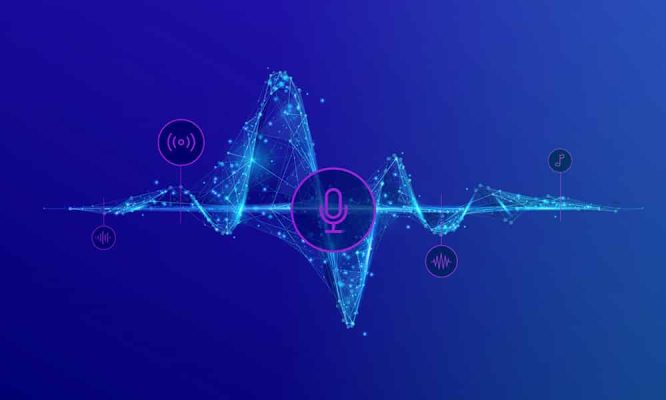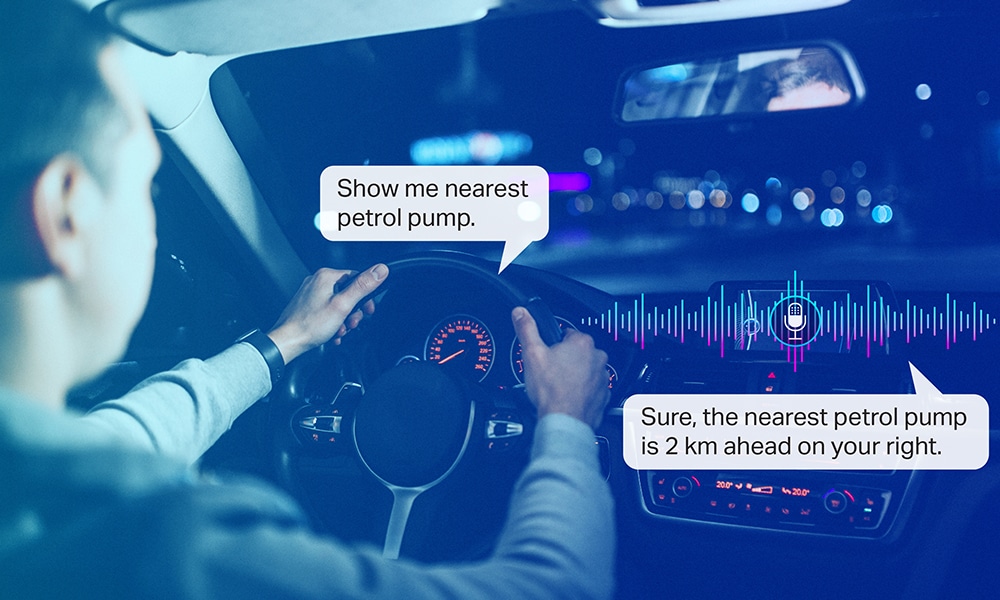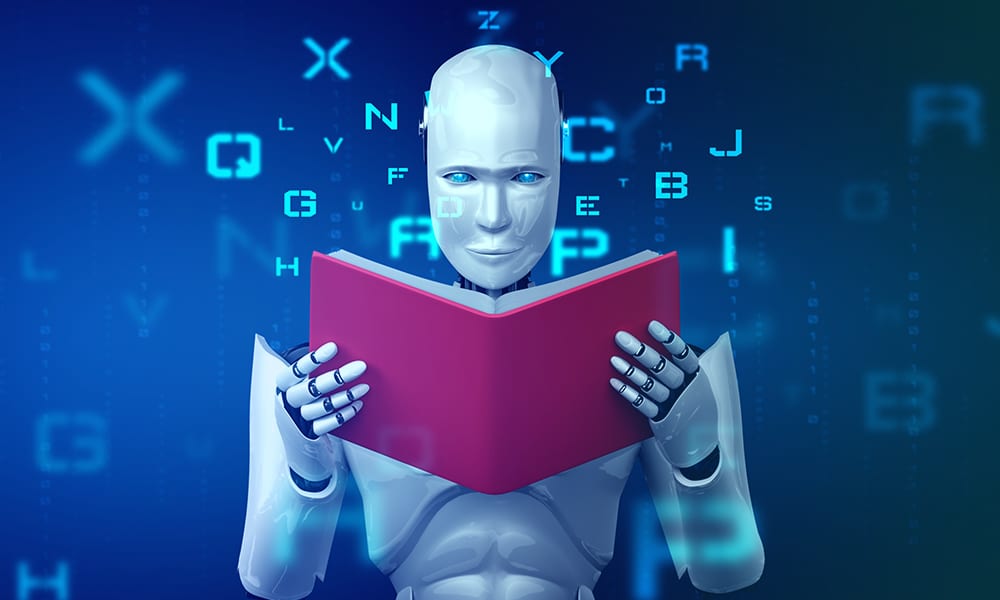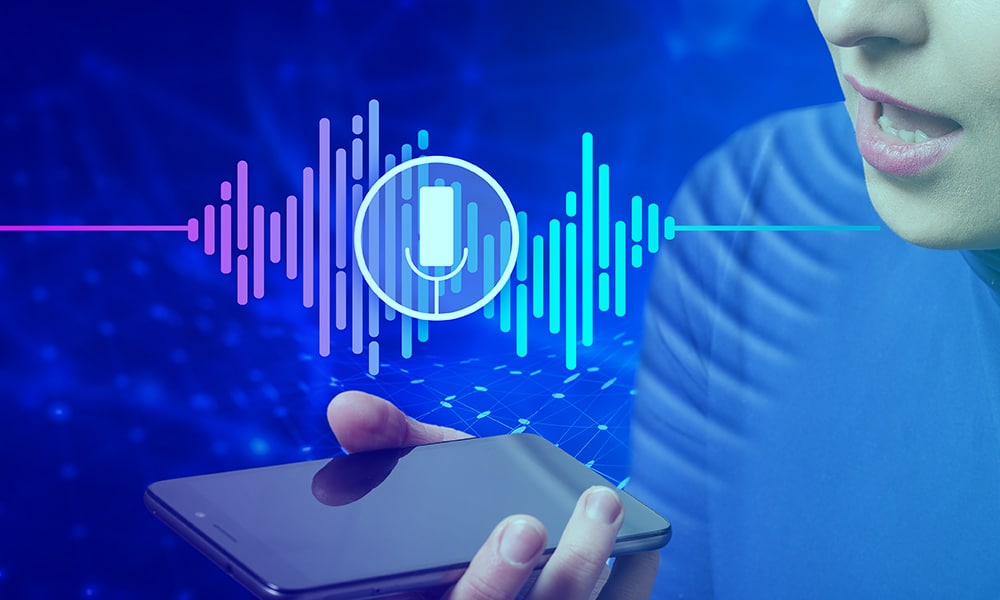We have all asked Alexa (or other voice assistants) some open-ended questions.
Alexa, is the nearest pizza place open?
Alexa, which restaurant in my location offers free delivery to my address?
Or something similar.
As humans, we talk to one another using open-ended questions, but asking such a colloquial question to a virtual assistant doesn’t sound like a smart thing to do.
Yet, Alexa comes up with the right answer – every single time. How? In our case, the AI has to process the location, understand that the pizza place isn’t actually a place (as in a city), and then come up with an accurate answer.
Thanks to audio annotation– a subset of data labeling – the machine learning system can identify questions like these and retrieve the right information. So, what exactly is audio annotation, and why is it required?
What is Audio Annotation?
Audio annotation involves the classification of audio components in a machine-understandable format. Audio annotation is different from audio transcription, where transcription converts the spoken words into written form.
In audio annotation, additional critical information about the audio file is also provided – such as semantic, morphological, phonetic, and discourse data. Audio annotation might also include metadata about the entire audio file rather than describe individual annotations.
Why is audio annotation required?
The NLP market is slated to grow 14 times larger in 2025 compared to 2017. The global market value of NLP was $ 3 billion in 2017, and the figure is predicted to grow astronomically to $ 43 billion in 2025.
Data collection and annotation are critical for developing chatbots, voice recognition systems, and virtual assistants. In addition, they are needed to develop NLP speech recognition models and train machine learning algorithms.
The machines are trained using various accurately annotated audio files to identify, understand, and respond appropriately to questions, emotions, intentions, and sentiments.
After annotating audio and classifying audio clips, it is fed into the system so that the machine can pick up intricacies associated with human language and regardless of the accent, tone, dialect, pronunciation, and language.
Use cases and applications
Audio annotation has been used by several industries for a few years now. Let’s start with the most obvious one – virtual assistants.
Virtual assistants
Training the virtual assistants on various audio annotated datasets to make it possible to develop a voice assistant that can process the request accurately and respond quickly for a better customer experience. By 2020, a third of UK and US households had at least one smart speaker with a built-in virtual assistant.
Text-to-speech modules
The technology has to be trained on annotated audio files to develop a text-to-speech module that can seamlessly convert digital text into natural language speech.
Chatbots
Chatbots are an integral part of customer support. Chatbots should be trained to interpret users’ words and phrases using annotated audio files to simulate a natural conversation with humans.
Automatic Speech Recognition (ASR)
It is all about transcribing spoken words into written text. “Speech Recognition” itself refers to the process of converting spoken words into the text; however, voice recognition & speaker identification aims to identify both spoken content and the speaker’s identity. ASR’s accuracy is determined by different parameters i.e., speaker volume, background noise, recording equipment, and more.
How does Shaip Help?
If you have a first-rate audio/speech annotation project in mind, you undoubtedly need a reliable labeling and annotation partner. If reliability and accuracy are something you are looking for, we believe Shaip is the partner you need.

Shaip has been at the forefront of audio, video, and image labeling and annotation services since the very beginning. Our expertise goes beyond providing basic speech labeling solutions. With highly experienced and qualified annotators, we have the bandwidth to provide a large volume of multilingual annotated audio files. Our services include Audio Transcription, Speech Labelling, Speech to text, Speaker Diarization, Phonetic Transcription, Audio Classification, Multilingual Audio Data Services, Natural Language Utterance, Multi-Label Annotation.
Audio Transcription
We help develop top-notch NLP models by providing accurately annotated audio files for all types of projects. We allow clients to choose from various audio types and formats – standard format, verbatim, and non-verbatim transcription.
Speech Labelling
Shaip’s experts separate the sounds in the audio recording and label each file. This technique involves identifying similar sounds in an audio file, separating them, and annotating accurately to develop training data.
Speech to text
Speech-to-text is a critical part of the NLP model development. With this technique, recorded speech is converted into text. So, it is important to focus on the pronunciation, words, and sentences in various dialects.
Speaker Diarization
In speaker diarization, the audio file is partitioned into several audio segments based on the sound source. The speaker boundaries are identified and classified into segments to determine the total number of speakers. The sources include background noise, music, silence, and more.
Phonetic Transcription
Our phonetic transcription services are highly sought-after by tech partners. We excel in converting audio into specific words using phonetic symbols.
Audio Classification
Our expert team of annotators classifies the audio recording into pre-set categories. Some categories include background noise, user intent, number of speakers, semantic segmentation, and more.
Multilingual Audio Data Services
It is another highly preferred service of Shaip. Since we have a diverse group of qualified annotators, we can provide excellent speech annotation services for several languages and dialects.
Natural Language Utterance
Natural language utterances are well suited for training chatbots or virtual assistants to help annotate the minutest of human speech, such as stress, dialects, semantics, and context.
Multi-Label Annotation
A single audio file can belong to multiple classes, and as such, it is important to provide multi-label annotation to help the ML models differentiate between two audio sources.
Why Shaip?
When deciding on the right service provider, we believe you have better chances at success when choosing someone who has the experience and has consistently maintained high-quality standards.Shaip is the indisputable leader in the market in providing audio annotation services, as we have a highly dedicated group of annotators who have been trained to meet the client’s quality standards.
Moreover, we can do away with internal bias as we have various levels of annotators and quality controllers. Our experience works in our client’s favor as we have provided scalable services on time.







